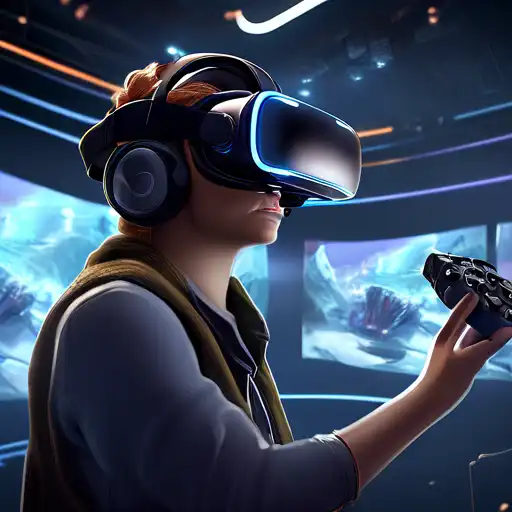Understanding the Complexities of VR Content Development
Virtual Reality (VR) has emerged as a groundbreaking technology, offering immersive experiences that were once the stuff of science fiction. However, developing content for VR presents a unique set of challenges that creators must navigate to deliver compelling experiences. This article explores the hurdles in VR content creation and offers insights into overcoming them.
Technical Limitations and Hardware Diversity
One of the primary challenges in VR content development is the technical limitations imposed by current hardware. VR requires high frame rates and resolutions to prevent motion sickness and ensure a smooth experience. Additionally, the diversity of VR hardware, from high-end PC-connected headsets to standalone mobile devices, means developers must optimize content for a wide range of specifications.
High Development Costs
Creating VR content is often more expensive than traditional media due to the need for specialized software, hardware, and skills. The cost of 3D modeling, spatial audio, and interactive elements can quickly add up, making it difficult for smaller studios to compete with larger companies.
User Experience and Interaction Design
Designing intuitive user interfaces and interactions in a 3D space is another significant challenge. Unlike traditional screens, VR requires users to navigate and interact with content in a fully immersive environment, which demands innovative design approaches to ensure usability and comfort.
Content Length and Engagement
Maintaining user engagement in VR is challenging due to the physical and cognitive load it imposes. Developers must carefully balance content length and intensity to avoid overwhelming users, making it harder to create long-form VR experiences that keep users engaged without causing discomfort.
Overcoming the Challenges
Despite these hurdles, there are strategies developers can employ to mitigate the challenges of VR content creation. Leveraging cross-platform development tools can help address hardware diversity, while iterative design and user testing can improve user experience. Additionally, focusing on unique VR storytelling techniques can enhance engagement without overburdening the user.
For those interested in exploring more about VR technology, check out our article on VR Technology Trends to stay ahead in the rapidly evolving VR landscape.
Conclusion
The development of VR content is fraught with challenges, from technical limitations to design complexities. However, by understanding these hurdles and adopting innovative solutions, creators can push the boundaries of what's possible in virtual reality, offering users unforgettable immersive experiences.
